Property Taxes
Contact our English-speaking team for all your legal, property, and accounting needs.
Impuesto sobre Transmisiones Patrimoniales (I.T.P.)
For properties which purchase price is higher than 400,000 euros the tax has risen to be 9%. This property transfer tax is paid by the buyer.
This has led people to be tempted to under-declare the value of the property, in order to pay less transfer tax. Although this practice used to be widespread and still occurs, it is not legal.
Abuse may lead to penalties being paid and also leads to a Capital Gains Tax headache at a later date, since the declared value on your purchase will be the base line used by authorities when assessing the Capital Gain when you sell the property.
Impuesto sobre el valor añadido (I.V.A.) This is the Spanish equivalent of VAT.
When purchasing from a promoter rather than a private individual, transfer tax is no longer applicable. Instead the taxes payable are IVA 10% (VAT), and AJD (stamp duty), the latter being levied at 1,5% of the purchase price.
At present, the tax is charged at the following rates:
21% on building plots and on additions carried out subsequent to the construction of a property.
21% on the construction of a house, and any associated buildings, excluding commercial premises.
21% on both the plot and the house, if they are purchased at the same time.
Notary Fees (These are not strictly taxes but rather administrative fees).
Land Registry Fees (These are not strictly taxes but rather administrative fees, and vary according to the locality, type and value of the property).
Annual Property Taxes
Tasas
Non-resident capital gains tax on the sale of a property
Calculation of the Capital Gains Tax in Spain
In principle, a capital gain is determined by first calculating the “purchase value” of the property (original purchase price to which are added the directly related taxes and costs), and the “sales value” (sales price from which are deducted the directly related taxes and costs, including legal fees and estate agent’s fees).
- Then, the amount of the “purchase value” is deducted from the “sales value” to give you the capital gain. This resulting capital gain, which is then subject to taxation, can then be reduced even further by the following:
- Adjusting the amount by applying an inflationary co-efficient which is updated on an annual basis by the General Budget. The coefficient depends on the year of purchase. It is important to note that an inflationary co-efficient can only be applied if the property was purchased at least one year prior to the sales date.
- If the property has been rented, the purchase value could be reduced by the amortization corresponding to the rental period. The amortization is also adjusted by relevant coefficients.
- The final adjusted capital gains tax amount is then taxed at the flat rate of 19,5%.
It is important to note that the purchaser, resident or not, is obliged to withhold from the vendor 3% of the sales price, this amount to be deposited with the Tax Authorities on behalf of the vendor’s capital gains tax liability. This amount must be paid within 30 days of the sale taking place. The Tax Authorities will deduct this amount automatically from the vendor’s actual capital gains tax liability. However should the amount deposited be more than the tax due, then the seller may apply for a refund of the difference.
Need help understanding the taxation system?
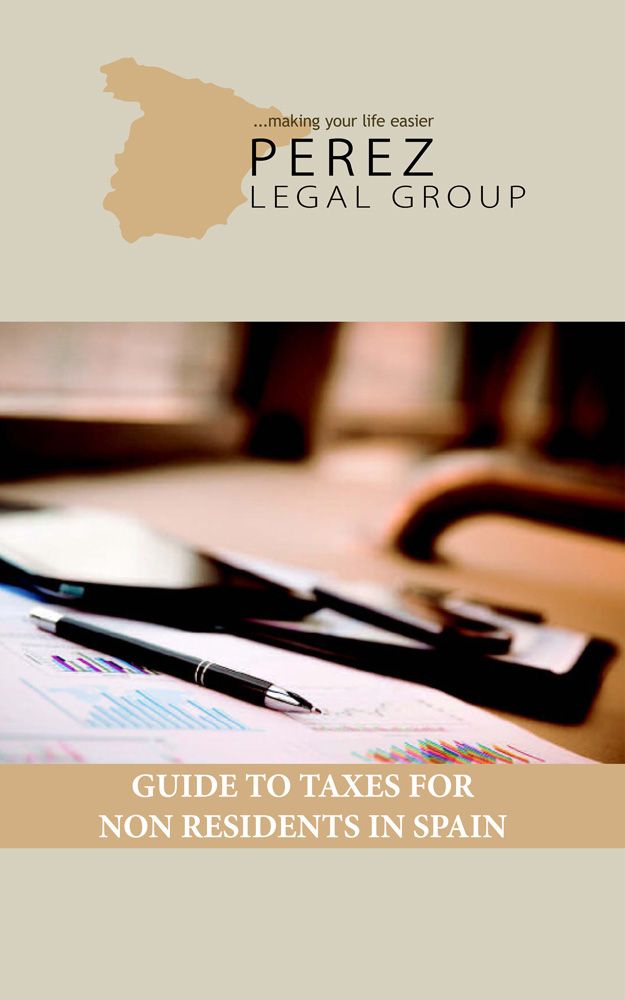
Download the FREE Guide to Taxes for Non-Residents in Spain, written by Raquel Perez, owner of Perez Legal.
Are you buying a property?
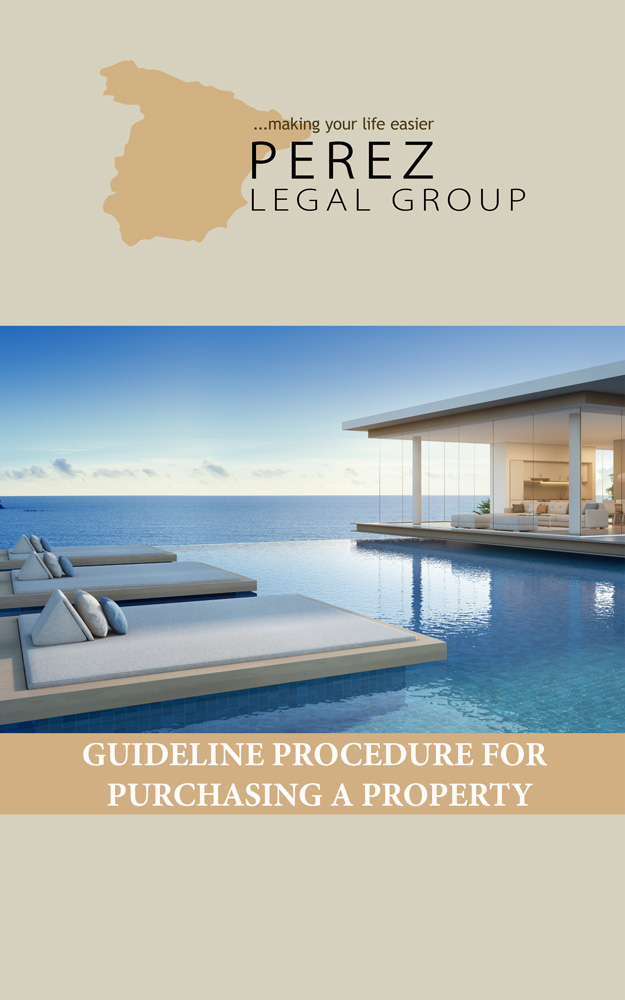
Then you need to know the process. Download the FREE Guideline Procedure for Purchasing a Property.
Confused with the legalities of buying a home?
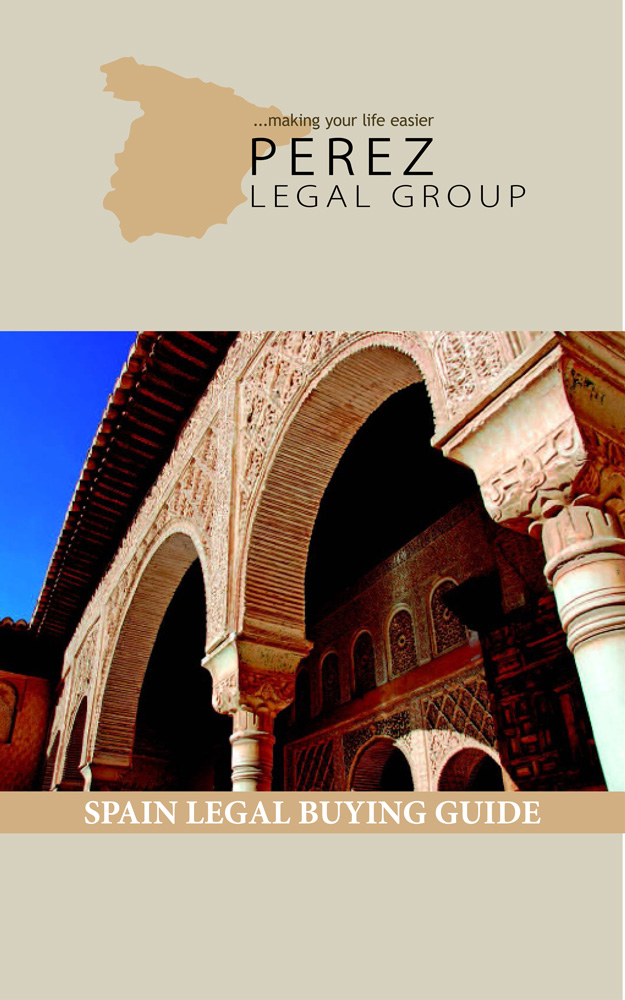
Download the FREE Spain Legal Buying Guide, written by Raquel Perez, owner of Perez Legal Group.
Selling your property?
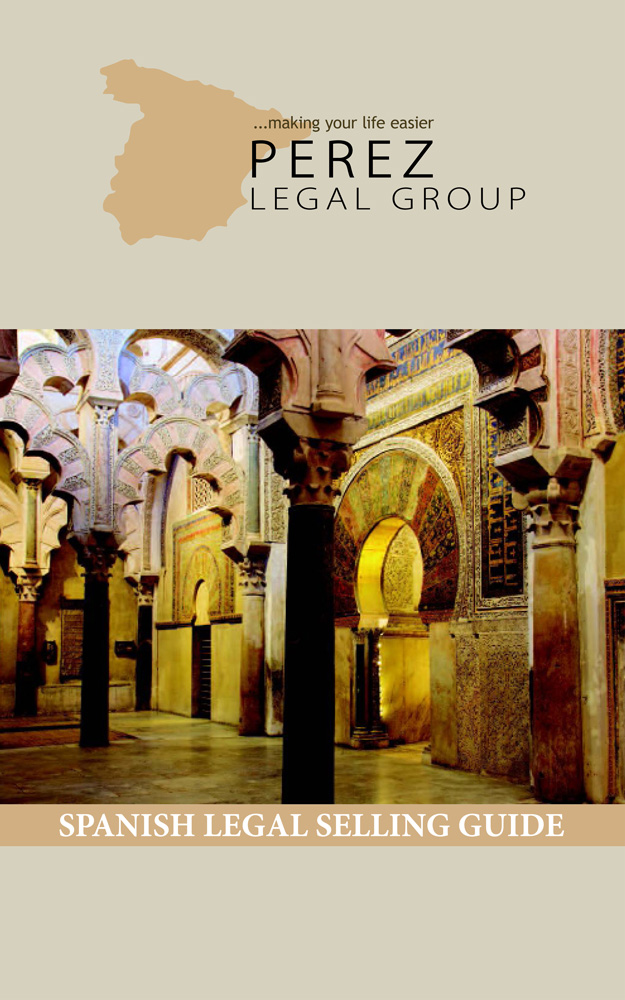
Get an overview of what is involved by downloading the FREE Guide to Selling Your Spanish Property Legally.
Do you need help planning for the future?

Find out more information on the inheritance system here in Spain by downloading the FREE Inheritance Services book.
Do you pay taxes?
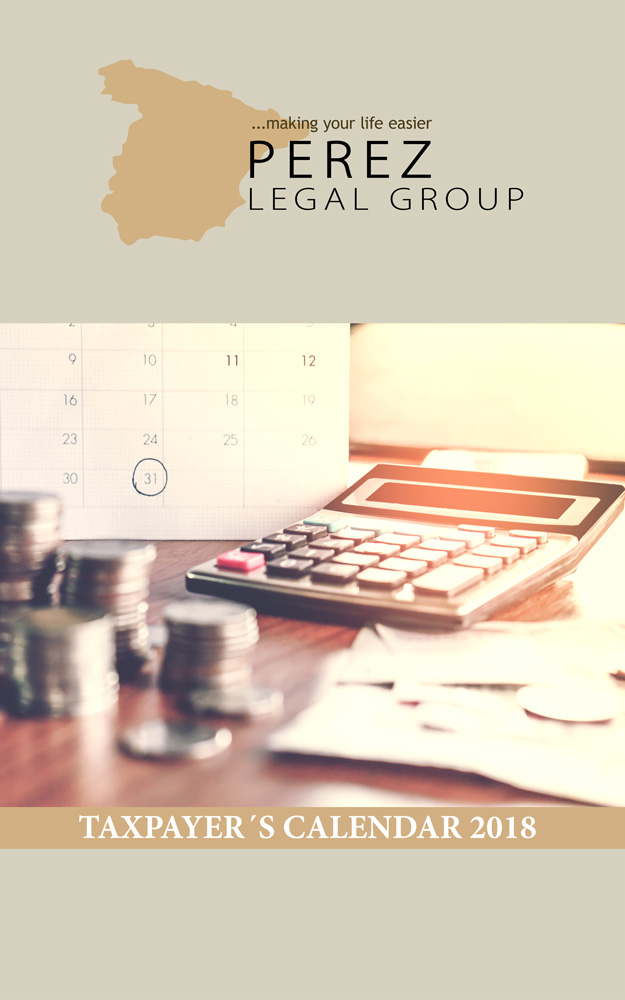
Download the 2019 Tax Payer´s Calendar to find the dates you need to submit your tax declarations.
